It’s interesting how certain objects in our homes end up staying in the same place for years. We often don’t notice how this impacts the atmosphere and functionality of our space. Whether it’s a lamp sitting in the corner or a rug that’s never been moved, these items create a sense of routine. While comfort and familiarity are important, a fresh perspective can do wonders. Simply relocating everyday things can instantly change a room’s energy, enhance organization, and make old spaces feel new again. Here are fifteen common household items we rarely move but should reconsider.
1. Lamps and Lighting Fixtures
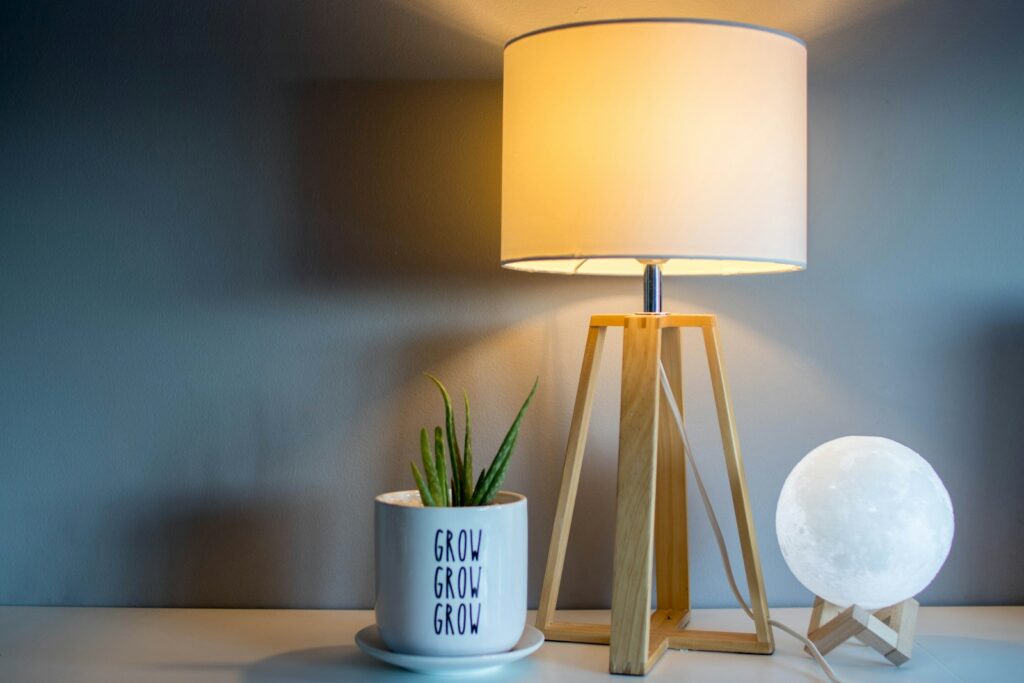
Lamps are often placed once and forgotten, yet they greatly influence a room’s ambiance. Moving them to a different location can change the entire lighting dynamic, brighten shadowy areas, or create a cozier reading spot. Try placing a lamp near a mirror to reflect light or in an unused corner to make it feel more inviting. Even adjusting height or shade color can bring noticeable improvement to your space. Rethinking your lighting setup can make rooms look warmer, larger, and more balanced without any major redecorating.
2. Rugs and Carpets
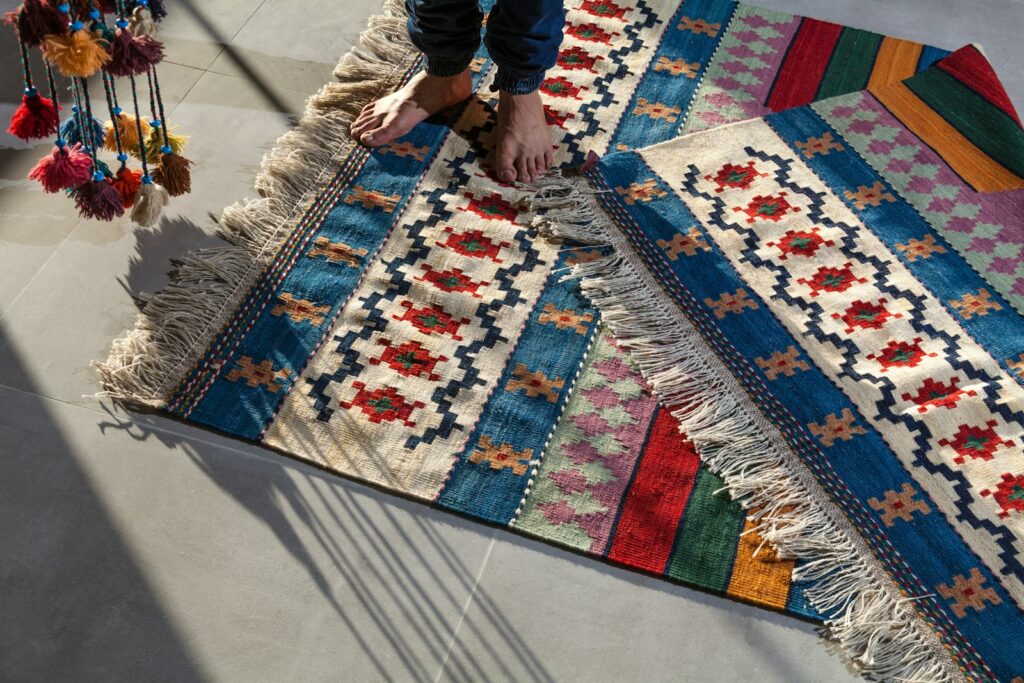
Rugs play a major role in defining a room’s structure, yet we seldom move them after placing them once. Over time, this can lead to uneven wear and a tired appearance. Shifting a rug even slightly can open up floor space or make furniture arrangements feel new. You might also try moving a rug from one room to another for a style refresh. A living room rug might add texture in a bedroom or entryway. Rearranging rugs not only rejuvenates a room’s design but also helps preserve their quality.
3. Wall Art and Frames
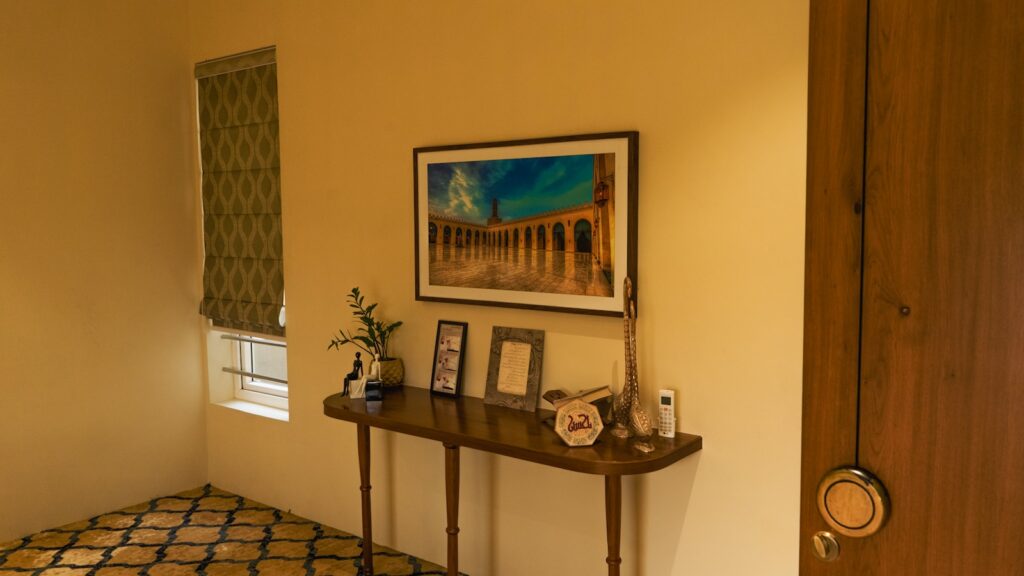
Wall art tends to become invisible over time as our eyes grow used to seeing it in the same place every day. Relocating artwork can give both the piece and the room new life. Try switching art between rooms or placing smaller frames together for a gallery effect. Experimenting with different wall heights can also change how a space feels, making ceilings seem taller or cozier. Rotating your art regularly keeps your décor dynamic, highlights pieces you may have overlooked, and lets you experience your collection in a fresh way.
4. Houseplants
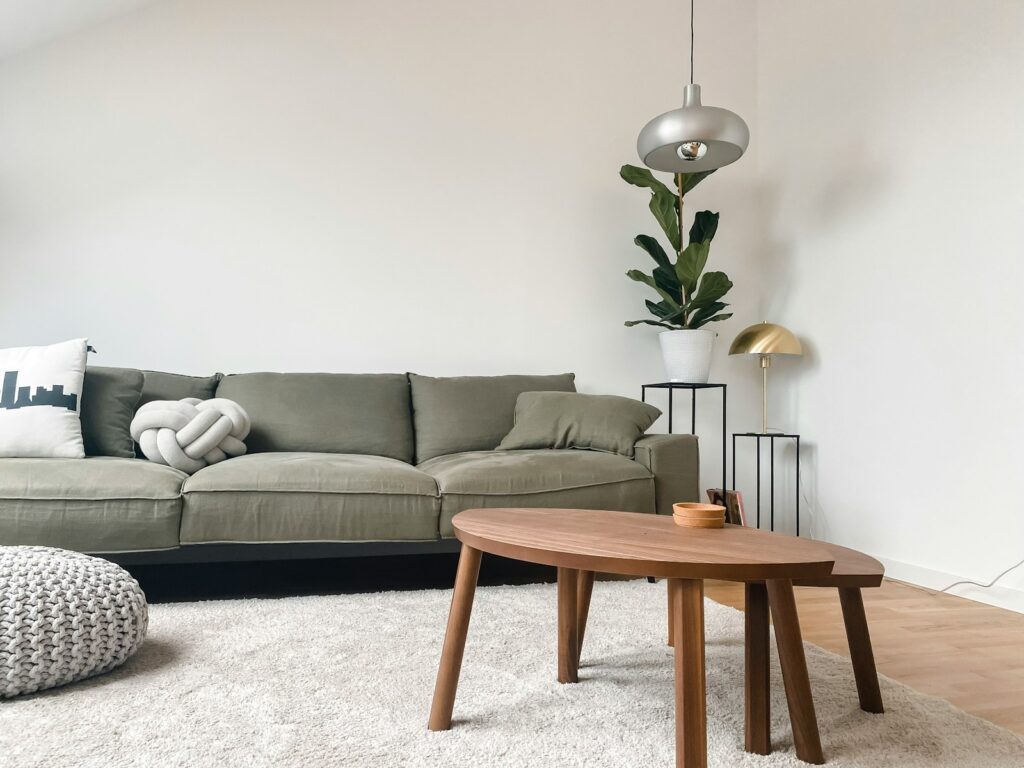
Houseplants can transform indoor environments, but often remain rooted in one location for years. Moving plants around not only enhances interior aesthetics but can also improve their health. Different spots in your home offer varying light and humidity levels that may better suit certain species. A plant that thrives near morning sunlight could benefit from a new position near filtered light instead. Rotating plants allows them to grow evenly and prevents them from leaning toward one direction. A simple relocation can make your plants and living spaces look revitalized.
5. Throw Pillows and Blankets
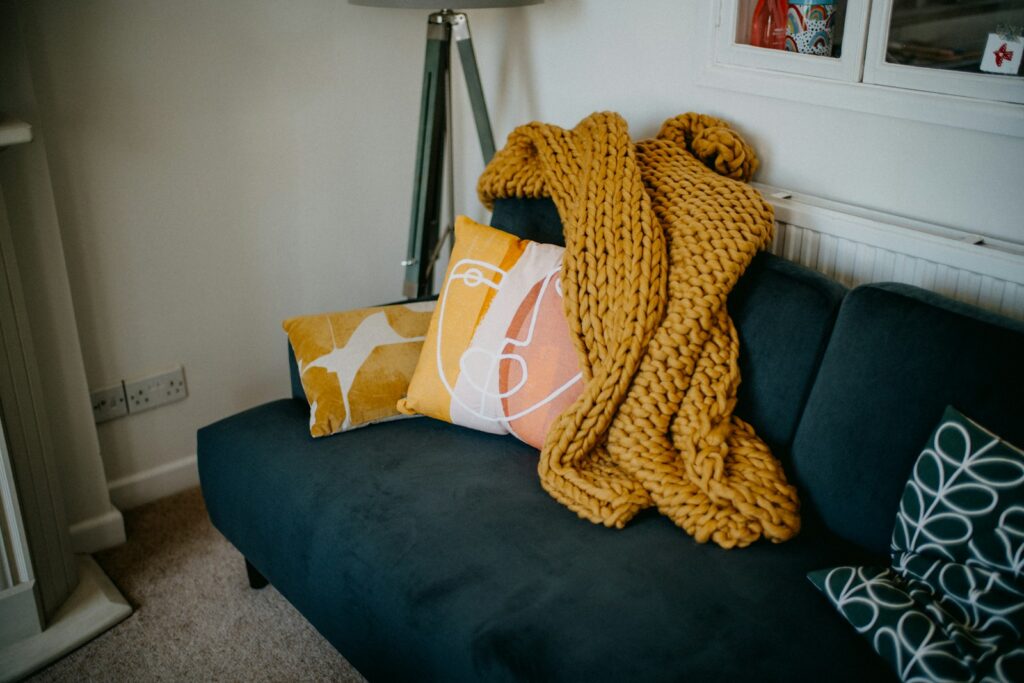
Throw pillows and blankets are easy, budget-friendly tools for adding texture and warmth to any room. Yet they often stay in the same arrangement for long periods. Swapping pillows between rooms can instantly change a color scheme or seasonal feel. Mixing patterns, shapes, or fabrics can create visual depth and refresh a sofa or bed. Even folding a blanket differently or placing it on a different chair can subtly shift the room’s vibe. Moving these small accessories around keeps your décor flexible, cozy, and effortlessly stylish without buying anything new.
6. Books and Shelving Decor

Bookshelves often become static fixtures filled with items arranged once and never revisited. Changing the layout of your books by color, size, or theme can make the display more appealing. You can also swap decorative pieces between shelves to add variety and prevent visual monotony. Adding or removing items helps maintain balance and gives the space room to breathe. Moving books to other areas, such as side tables or nightstands, can make your home feel more personalized. Rearranging your shelving decor renews interest in your collection and keeps it looking intentional.
7. Mirrors
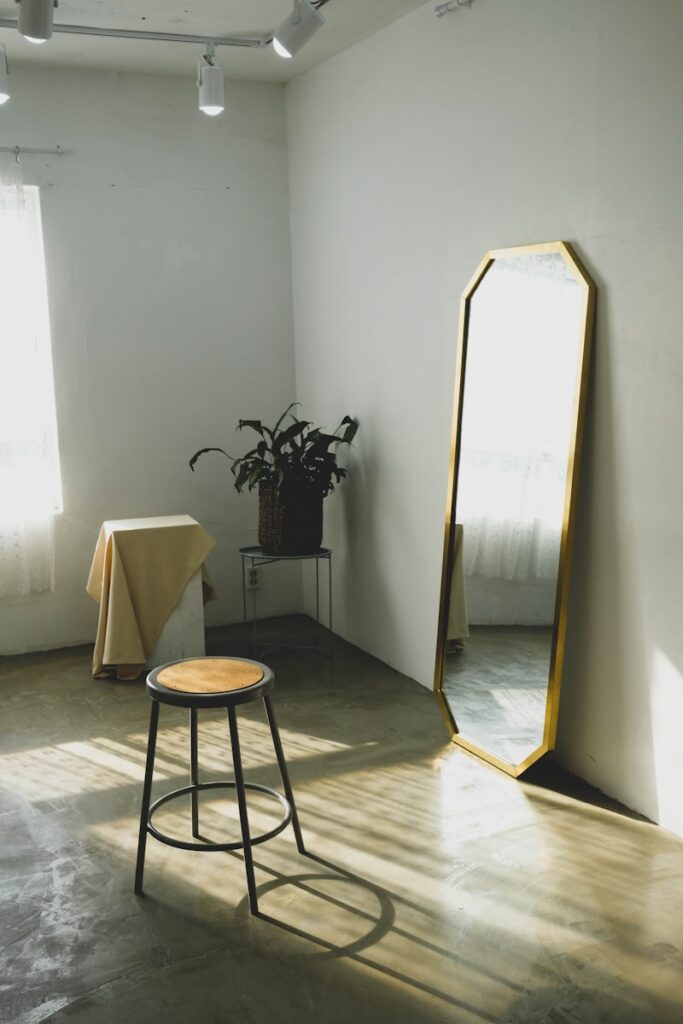
Mirrors are powerful design elements that can make spaces appear larger and brighter, yet they’re often left untouched for years. Moving a mirror to a new wall can completely change how light reflects in your room. Placing one across from a window maximizes natural brightness, while setting it near a lamp can enhance evening lighting. A relocated mirror can also draw attention to décor you want to highlight or hide less desirable areas. Adjusting placement allows you to experiment with proportions and depth, giving your home a refreshed and open feeling.
8. Clocks
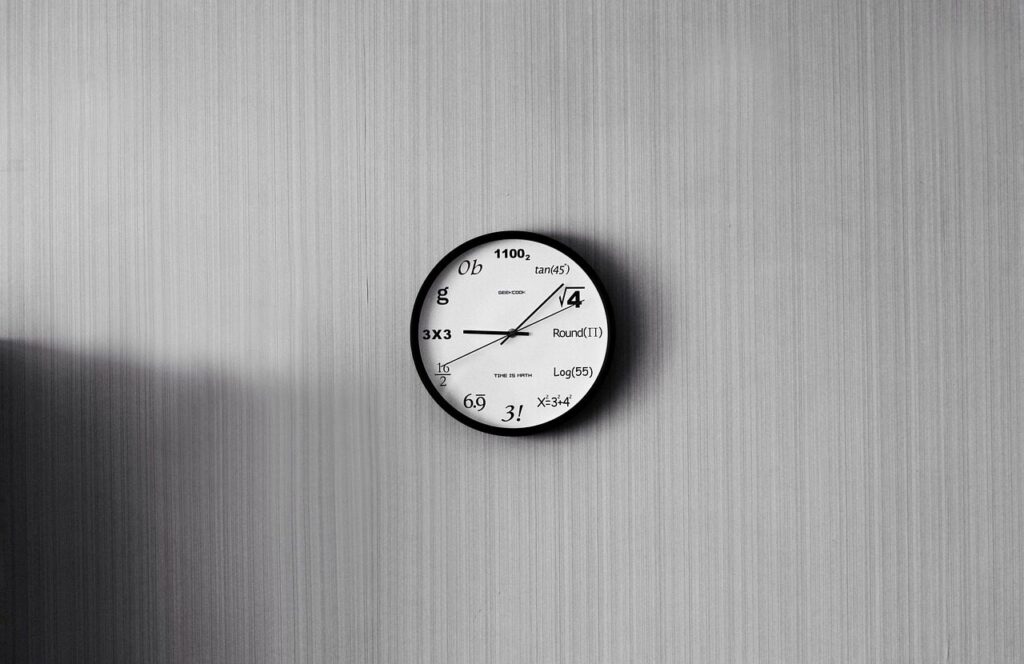
Wall clocks serve both functional and decorative purposes, but once hung, they’re rarely moved again. Changing their position can transform a wall’s balance and draw attention to overlooked areas. A clock relocated to a central spot can serve as a stylish focal point, while one placed in a different room adds a practical touch. Switching from a wall clock to a tabletop style can also update your décor. Experimenting with placement helps integrate your clock more thoughtfully into your home’s design while keeping your space dynamic and visually balanced.
9. Chairs and Accent Seating

Accent chairs and small seating pieces often stay fixed in one position, even when the rest of the room changes. Moving them can instantly refresh a layout and make better use of space. A chair moved near a window creates a new reading corner, while relocating it closer to the living area encourages conversation. You can also switch chairs between rooms to introduce new textures or colors. Adjusting where seating is placed keeps rooms feeling open and inviting. This simple act of repositioning can transform both comfort and flow in your home.
10. Side Tables
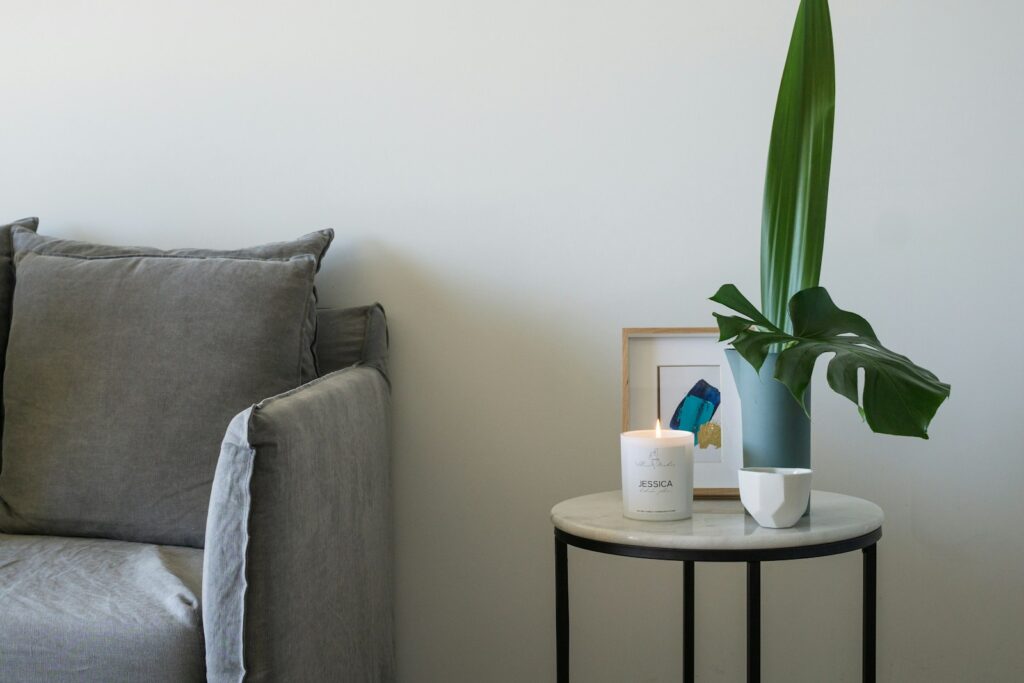
Side tables are incredibly versatile yet often remain beside the same furniture pieces for years. Moving them can improve both function and design. A side table once used in the living room might work well as a nightstand or plant stand in another area. Experiment with different heights and pairings to add balance and convenience. Relocating tables also helps highlight décor items like lamps or vases in new ways. By rethinking side table placement, you can enhance a room’s usability and give familiar pieces renewed purpose and appeal.
11. Kitchen Counter Items
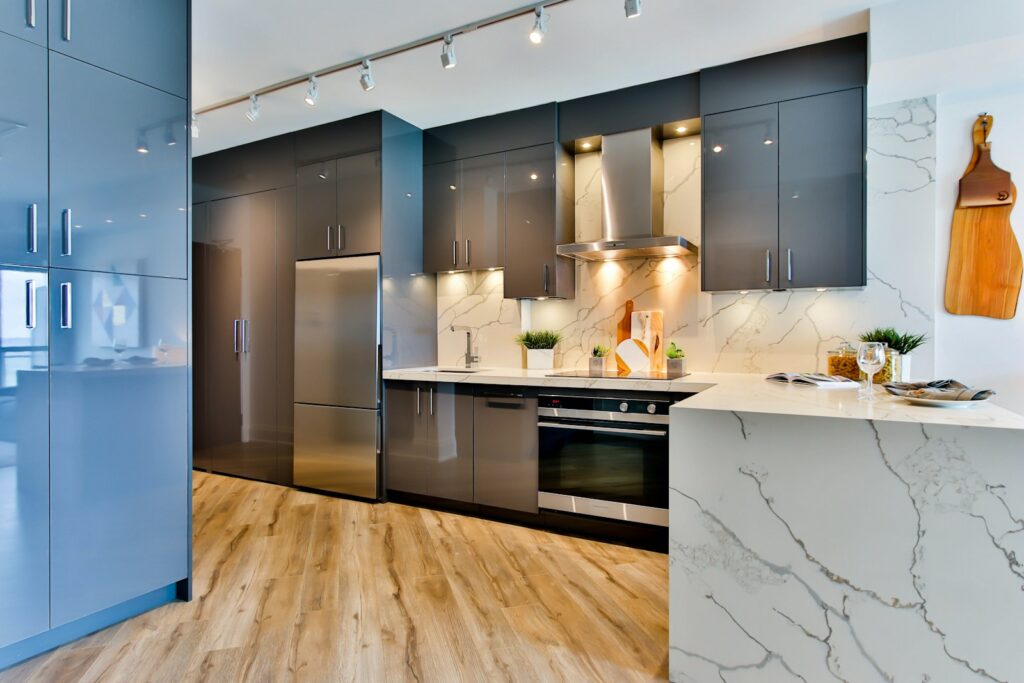
Most kitchens have appliances and utensil holders that seem permanently stationed. However, rearranging them can free up workspace and make cooking more efficient. Moving the coffee maker closer to storage or shifting cutting boards near the sink can improve daily routines. Relocating small items like spice racks or containers can also reduce clutter and streamline movement. A fresh countertop layout not only looks tidier but can make meal preparation smoother. Rethinking placement helps maintain organization, promotes cleanliness, and keeps your kitchen feeling functional and visually balanced.
12. Bathroom Accessories
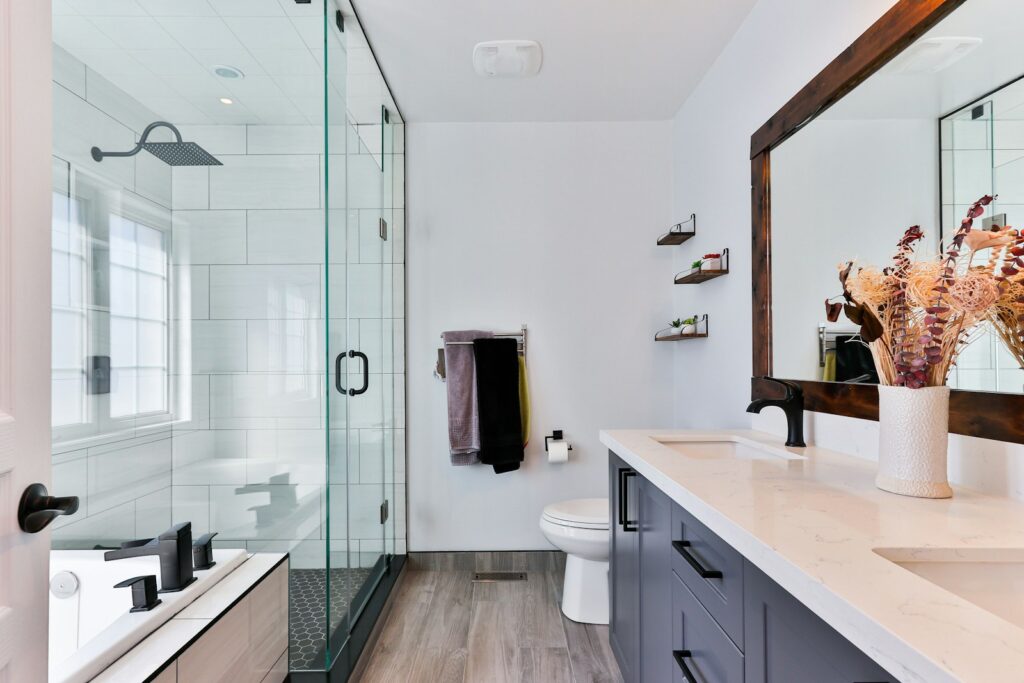
Bathroom accessories like soap dispensers, storage baskets, or small shelves often remain where they were first placed. Moving them can make daily routines more convenient and visually appealing. Try repositioning items for easier access or symmetry. Shifting a towel rack or mirror might even make the space feel larger and better organized. Introducing trays or rotating organizers can help reduce clutter while keeping essentials within reach. Relocating small details can dramatically change how your bathroom looks and functions, turning it into a more efficient and relaxing environment.
13. Bedside Items

The nightstand setup tends to stay the same for years, creating an overlooked part of the room. Moving or reorganizing bedside items like lamps, books, and clocks can subtly refresh your bedroom’s mood. Switching lamp sides can improve lighting balance, while clearing extra clutter enhances calmness. You might also swap in a plant, framed photo, or candle for variety. Updating this small area adds comfort and aesthetic appeal. Changing how you arrange bedside essentials creates a more personalized and peaceful space that better supports relaxation and restful sleep.
14. Entryway Essentials

Entryway items like keys, shoe racks, and umbrellas tend to stay exactly where they were first placed. Rearranging them can make your home’s first impression more organized and inviting. Try moving a shoe rack closer to the door or adding a small table for mail. Relocating hooks or storage bins can make daily departures smoother. A balanced entryway not only improves traffic flow but also sets a welcoming tone for guests. Even small adjustments here can make your space feel refreshed and more thoughtfully designed.
15. Decorative Bowls and Vases
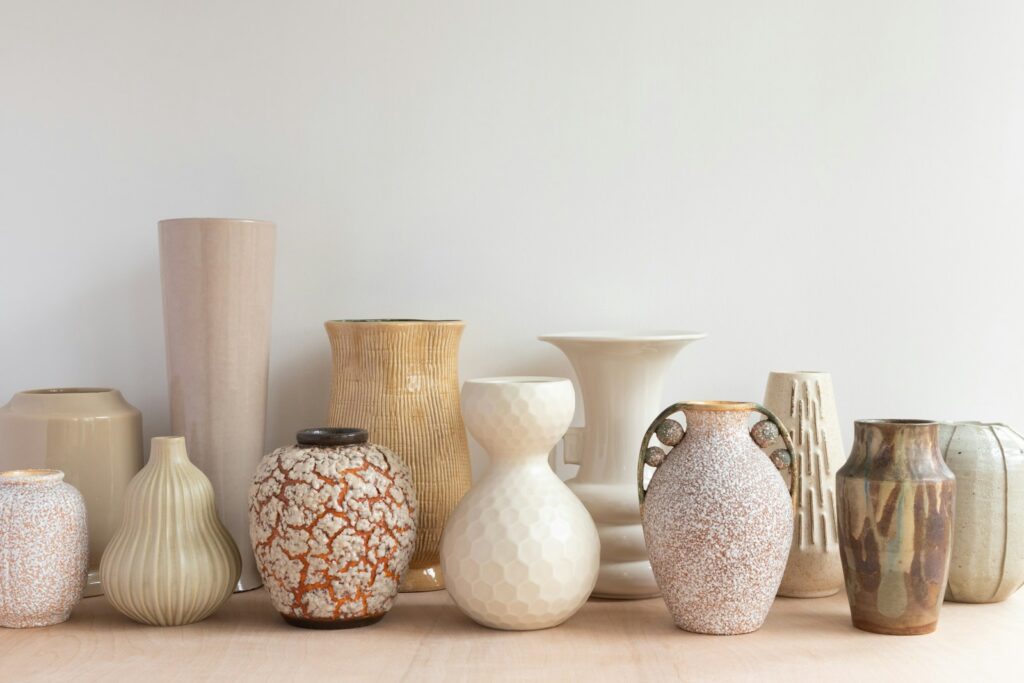
Decorative bowls and vases often become background pieces, sitting in one place for months. Moving them to a different shelf, table, or counter can immediately change a room’s focal point. Pairing them with different décor items helps create fresh visual interest. You can also experiment with filling vases with new arrangements or seasonal touches. These subtle adjustments bring new energy to your home’s aesthetic. By simply relocating decorative accents, you can achieve a sense of renewal and keep your interiors feeling dynamic and beautifully curated.
Comments